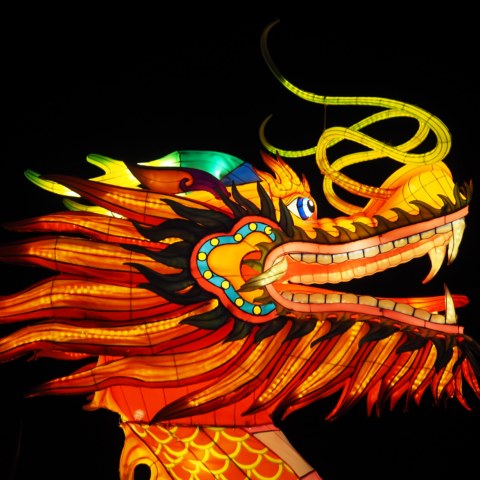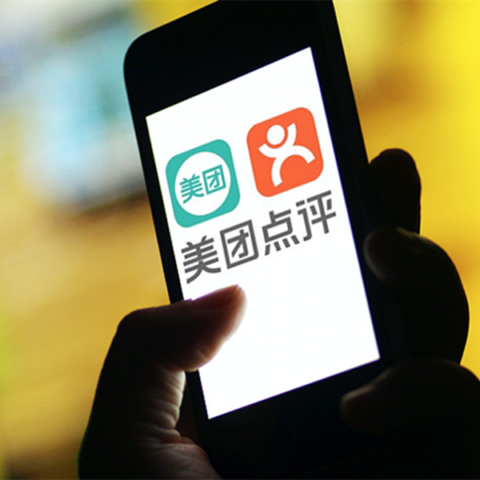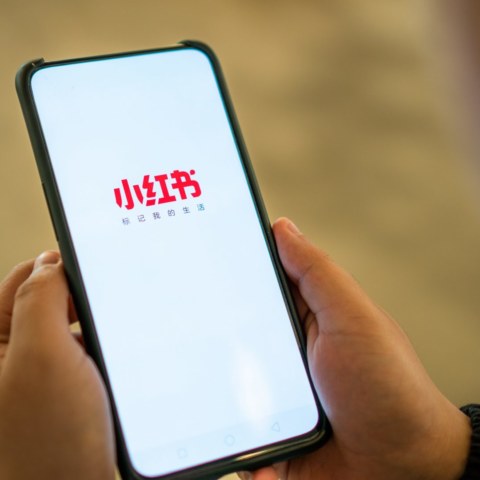WeChat launches new ad format,
According to eMarketer, Tencent’s digital advertising revenue will reach $11.0 billion by 2018, almost triple from this year. How is Tencent going to do that?
Starting in late 2014, Tencent embarked on a slow but steady journey to open up its advertising platform for brands
- August 2014 – Introducing banner advertising at the end of articles
- January 2015 – First WeChat Moment Ads were introduced
- December 2015 – Introduced video ads for WeChat Moments
- January 2016 – WeChat Moment ads are manageable directly from backend
- May 2016 – Introducing coupons for WeChat Moment ads
- August 2016 – Local-hosted Moment ads (原生广告) were introduced
- September 2016 – WeChat Moment ads for local businesses were introduced
It’s clear WeChat advertising is getting more sophisticated in terms of targeting and format.
Last week, Tencent introduced a new format of advertising: Two-way-pick Banner Advertising (互选广告).
Here is how it looks:
Essentially what it is a slightly bigger WeChat banner that brands advertisers can hand pick the specific official account.
- It’s a banner at the end of the article, before “Read More” button
- It comes with a banner picture area, brand name, logo picture and a learn more button
- The Learn More button takes users to a H5 page that users can interact with.
So, what makes this new type of ads special? Is it just a bigger version of the Subscription Ads banner? Not really, what make these ads different is the way they are booked and billed.
What’s the price of Two-way-pick banner ads?
The current minimal starting price for these new ads is 500,000 RMB. Likely to go down once officially launched.
It’s a performance based price setting.
- It’s an agreement between 1 account and 1 advertiser. The Official Account can assign a price to the banner and promise the view rate. The price would have to be within a range that’s set by the WeChat system according to past performance. For example, if the first article of the account has an average of 100k views,the promised view rate will be limited to 80k to 150k views.
- The payment to the account is performance based. After the article has been published, the Official Account will receive the full amount of payment only if the promised view rate has been meet. Otherwise, the Official Account will only get a proportion of the full price.
- Tencent gets a cut. WeChat will take a percentage of the advertising revenue.
What kind of Official Accounts can host this Two-way-pick banner ads?
The Official Account will need to enable “流量主” feature, which is the feature to accept banner advertising.
To be eligible to be a 流量主, accounts need to have at least 20,000 followers. For accounts with Original Content feature, the minimal eligible number of followers is 10,000.
Why is this new advertising significant?
- Better targeting. For one thing, Tencent is getting smarter with the advertising setting. It is the first time brands and official account are able to hand pick each other through WeChat backend. In the past, brands only have limited option to narrow down the target users, according to location, gender, age, interest… But for most brands, this type of targeting is simply too broad. Thus brands would have to go out to their way to purchasing advertising spaces “under the table” from the Official Accounts. This type of two-way-pick ads solve the issue of targeting.
- Better alignment of incentives. Second, the performance based pricing incentivize accounts to produce better content.
- Improved user experience. Third, it enables a clickable button to self-defined H5 page. It’s a much more elegant way than click on “read more” thus likely to increase conversion.
- Solves “KOL black market” issue for Tencent. Last but not least, Tencent is finally taking a step forward to regulate the gigantic black market of WeChat advertising. If the platform charges only a small percentage of the advertising cost, it would still be a large amount of revenue for Tencent.
What should brands do?
Mercedes spent millions on this advertising. If you have 500,000 RMB marketing budget, why not give it a try.
For most Chinese companies, and foreign companies that can’t meet the strict requirement of WeChat advertising, you can get for a similar user experience in the old fashion way:
- Directly discuss with KOL to put a banner at the end of their articles
- Include a QR code and “Read More” link to direct users to your landing page or WeChat account.
Overall, this new ads are a step in the right direction for Tencent: the direction of quality advertising. Banners are usually an affordable and targeted way to get started with WeChat marketing. The fact that Tencent is creating a formal framework for them should be a relief for all marketers.
Leave a Comment
































